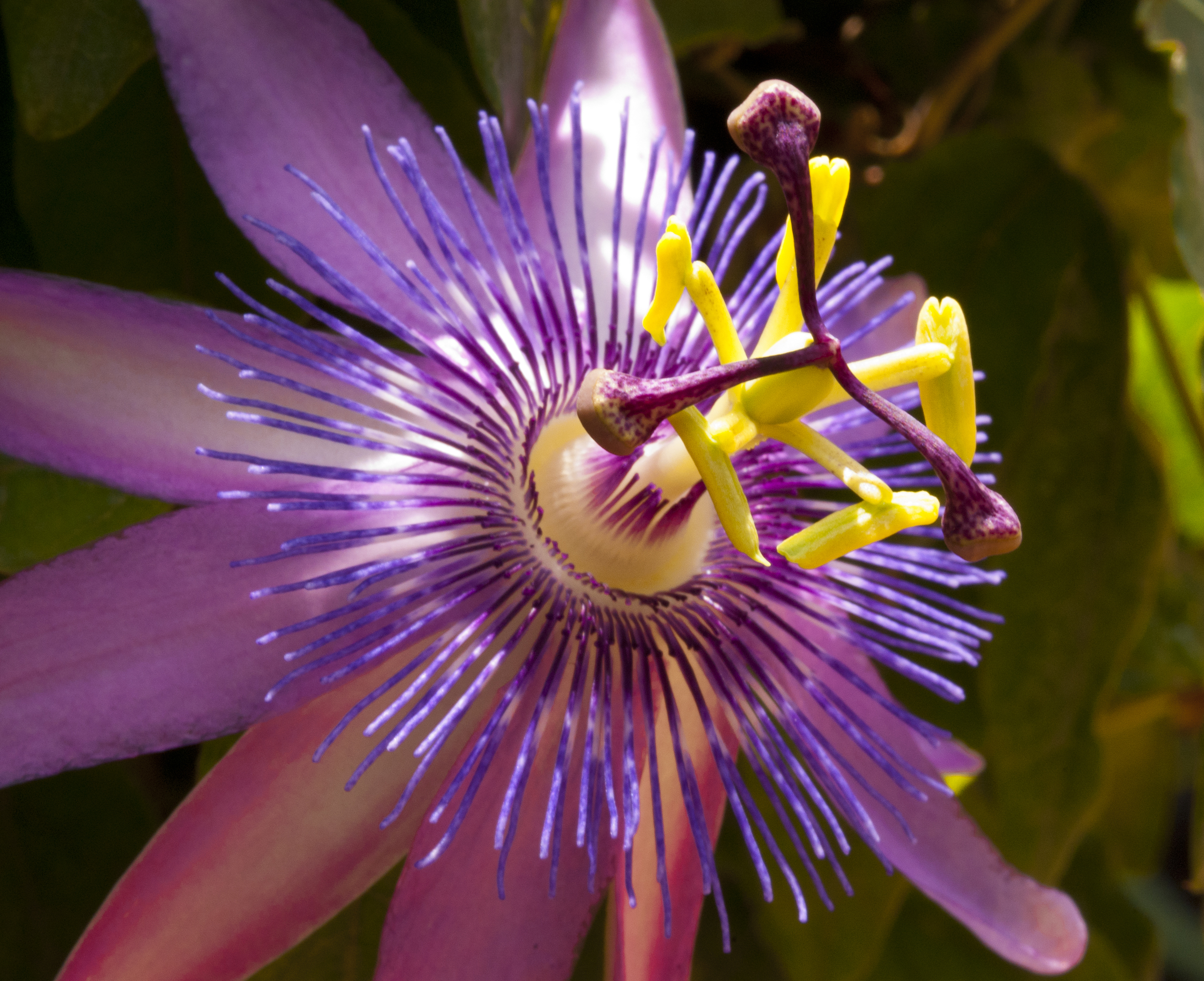
Perennials for the East Tennessee Garden
Highlighting native and non-native perennials that are particularly good choices for our 7A Plant Zone.
WHY Native Perennials?
Perennials (plants that do not die in the winter) that are native to this area are especially good choices for planting because they:
Are already adapted to our climate
Tend to spread profusely
Are a better investment of time and money because they tend to have a higher likelihood of not just surviving but thriving for your garden or landscaping
Native Perennials
Here are some excellent choices:
Ageratum (whiteweed) - an easy-to-grow, old-fashioned bloomer that Better Homes and Gardens calls "a little workhorse that every garden should have"; prolific usually lavender-blue flowers (also available in pink and white)
Aster - these hardy sunny faced lavender and pink flowers (with yellow centers) look like tiny daisies and brighten the fall garden with when little else is blooming, Lisa Stanley advises the aster is a good plant to provide color in early fall
Bee balm (monarda) - attracts butterflies, hummingbirds, and of course bees, as its name suggests
Butterfly milkweed (asclepia) of butterfly weed - gorgeous orange bloomer loved by butterflies; also milkweed is the only known host plant for the endangered Monarch butterfly
Cutleaf coneflower (rudbeckia) - tall yellow bloomer cultivated for cut flowers
Magnus coneflower (echinacea) - as the name suggests, a particularly huge purple coneflower that flourishes in full sun to part shade
Passionflower vine - Tennessee's state wildflower (shown in the photo at the top of this page), a prolific bloomer and grower, produces gorgeous flowers, can be invasive because it reseeds itself readily so put it in a spot when it can cover a fence or arbor and not crowd out other plants
Tennessee coneflower ( echinacea) - one of the country’s most rare wildflowers, this classic light pink coneflower was on the federal list of endangered plant species until 2011 when efforts to save it were deemed successful
Trumpet vine - fast-growing orange vine, attracts hummingbirds, a good choice for an area where you need a plant to fill in a large area, otherwise can be invasive
non-native perennials that thrive in tennessee
Autumn ferns (Japanese shield fern) - a lovely semi-evergreen foliage plant; low maintenance, rabbit tolerant, part shade to full shade
Black and blue salvia (anise-scented sage) - a butterfly favorite, low maintenance, full sun to part shade
Huechera - on many lists of the best perennials to grow, thrive in light shade to morning sun locations, excellent foliage plants
Peonies (Paeonia) - native to China, peonies are fragrant, extravagant bloomers in April, May, or June; they are long-living perennials that thrive where winters get cold enough--which works find with our 6B zone classification; all peonies like full sun, but they are adaptable to shade for part of the day as well
Russian sage - low maintenance, silvery foliage, purple-blue relative of the mint family which grows 2-4 feet tall; fragrant, good for cut flowers, drought tolerant, attracts birds
Salvia greggii (autumn sage) - the late Lisa Stanley's favorite plant; red flowers, prolific grower named for Josiah Gregg (1806-50) of Overton County, Tennessee, who traveled extensively, "discovered" many plant species, and sent specimens to the eminent botanist George Engelman in St. Louis; Gregg died in 1850 from a fall from his horse
Toad lily - frost-hardy perennial that blooms in early autumn with orchid-like flowers; Better Homes and Gardens says no garden should be without them
GRASSES - native and non-native
Grasses are low maintenance, high impact plants that set a striking contrast to flowering plants in your garden or landscaping.
Blue fescue - versatile, ornamental grass, bright turquoise or blue in color, part sun to shade, attracts birds, deer resistant, drough tolerant
*Little bluestem (beard grass) (native) - known for its toughness, adaptability, and drought tolerance; gray-green foliage
*Morning light miscanthus (maiden grass) - beautiful, graceful narrow green leaf blades with white variegation on the edges; requires a long, hot growing season to produce flowers; many consider morning light to be the best cultivar of miscanthus
Japanese forest grass - a brightly variegated golden foliage grass with gracefully arching leaves, striking beside as an edging plant beside a sidewalk, leaves turn chartreuse in dense shade
Pink muhly (native) - billowy clouds of pink, a strong performer, heat tolerant, sun loving